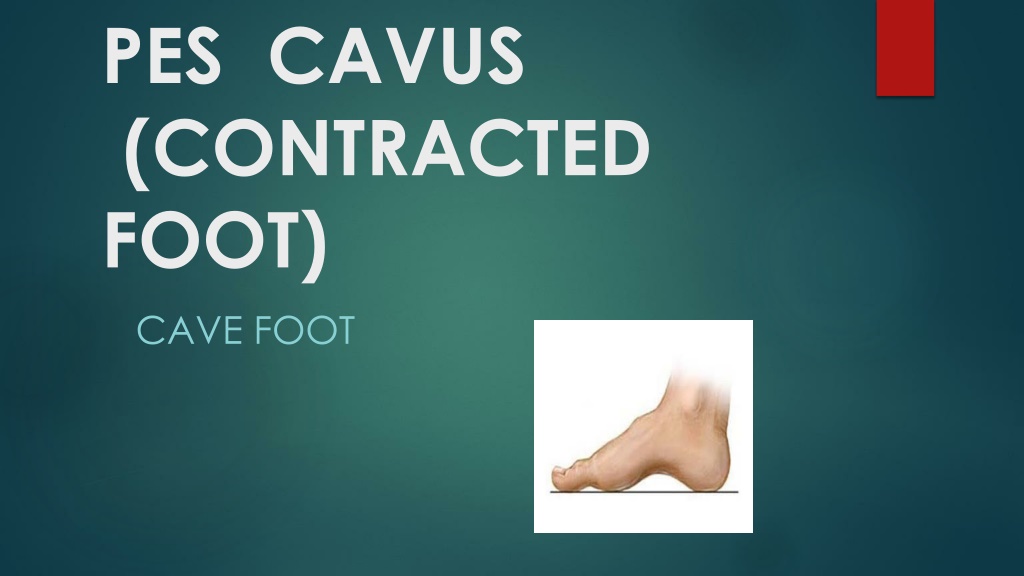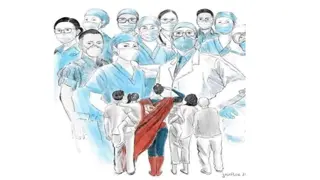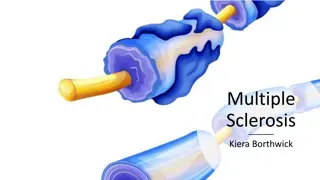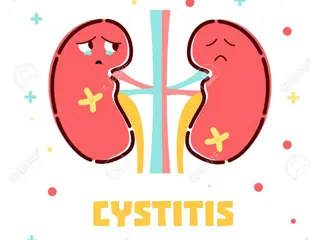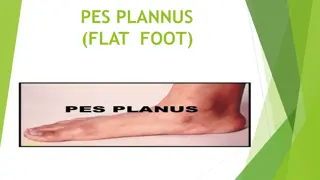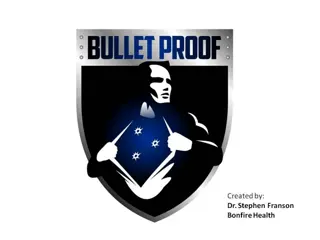Understanding Pes Cavus: Causes, Symptoms, and Treatment Options
Pes Cavus, also known as contracted foot or cave foot, is a foot deformity characterized by an elevated medial longitudinal arch, causing the forefoot to be lower than the hindfoot. This condition can lead to pain, clawed toes, and other complications. Treatment options include orthotics, exercises to strengthen intrinsic foot muscles, and in severe cases, surgical interventions like soft tissue release and osteotomies. Proper management can help relieve pain and improve foot function.
Download Presentation

Please find below an Image/Link to download the presentation.
The content on the website is provided AS IS for your information and personal use only. It may not be sold, licensed, or shared on other websites without obtaining consent from the author. Download presentation by click this link. If you encounter any issues during the download, it is possible that the publisher has removed the file from their server.
E N D
Presentation Transcript
PES CAVUS (CONTRACTED FOOT) CAVE FOOT
INTRODUCTION A foot deformity associated with an increase elevation of medial longitudinal arch, so that fore foot lies at a lower level that the hind foot. The foot is more shorten & gradually the dorsal ligament become contracted & the toes clawed either the past or anterior bony compartment of medial arch ,may be primarily involved. The posterior type is associated with equinus hind foot deformity & calcaneal deformity so that it lies more vertical direction producing elevation of the medial arch .
Pes Cavus The anterior type deformity has an equinus deformity of the foot which may be due to muscle imbalance between tibialis posterior peroneus longus &intrinsic muscle. This may be associated with neurological disorders like peroneus muscular atrophy, frequent ataxia,spina bifida or poliomyelitis. The claw toes are mechanically produced &may fallow an imbalance between long toe intrinsic & weak intrinsic muscle of foot .
Pain Pain is usually caused by excessive press under 2nd& 3rdmetatarsal head under which painful callosities develop pain ,The Dorsal surface of the foot. In the hind foot pain may results from ankle instability & recurrence of sprain of the ankle.
TREATMENT Only if the foot is symptomatic. Orthotics support There are design to redistribute press more evenly and to relief pain which is usually centred under the metatarsal head &in sole made up of molded cork to increase the area of the foot in contact with the ground consist of the support behind metatarsal head valgus &varus hind foot is corrected by shoes & pronated wedge. Exercise is mainly design to strengthen the intrinsic muscles of the foot. Faradic foot bath can also be used. 1. 2. 3. 4.
OPERATIVE TREATMENT If pain persists despite conservative treatment:- Soft tissue release and tendon transfer either tenotomy of extensor tendon or transfer of flexor tendon into extensor. Tendon may be combined arthrodesis of IP joint . Osteotomy of calcaneum may be required to correct varus or valgus deformity of hind foot. In severe degree anterior wedge osteotomy of the tarsal bone to realign the forefoot may be estimated.
